Accessible only by a six-day boat journey from South Africa or as part of epic month-long cruises through the South Atlantic Ocean, Tristan da Cunha is about as far from a quick holiday destination as it gets.
The world’s most remote inhabited archipelago stands 1,243 miles from Saint Helena, its closest neighbour with residents, 1,491 miles from South Africa and 2,088 miles from South America.
It’s just seven miles long and 37.8 square miles in area, and has but one settlement officially known as Edinburgh of the Seven Seas, referred to by locals – less than 300 of them – as The Settlement, located at the foot of the 6,765-foot Queen Mary’s Peak.
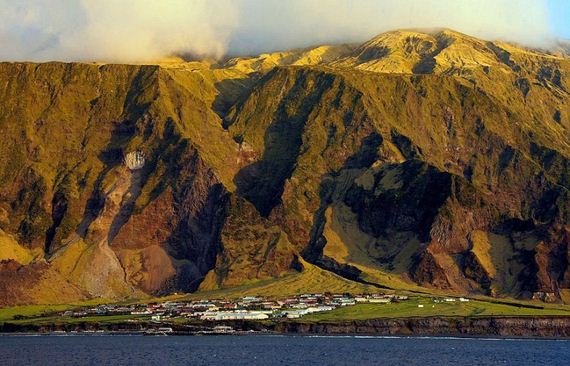
Tristan da Cunha’s only settlement, Edinburgh of the Seven Seas, is built on the flat below the 6,765-foot volcano Queen Mary’s Peak
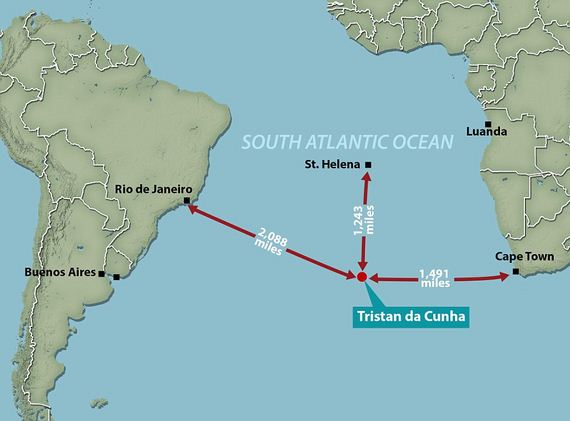
The vast distances that must be travelled to get to Tristan da Cunha, which lays claim to being the most remote inhabited island in the world
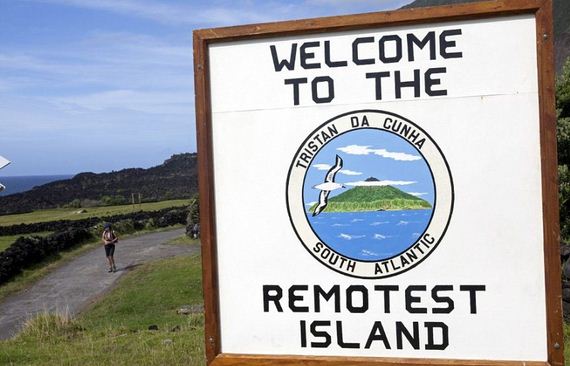
It is 1,243 miles from Saint Helena, its closest neighbour with residents, 1,491 miles from South Africa and 2,088 miles from South America
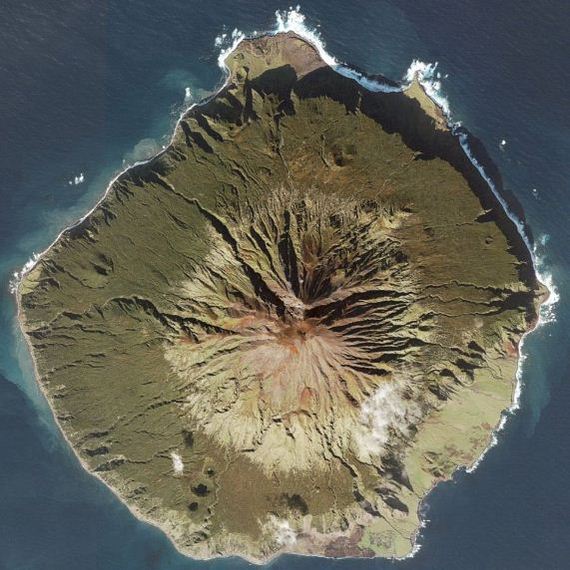
Tristan da Dunha’s main island, which also gives its name to the archipelago is just seven miles long and 37.8 square miles in area
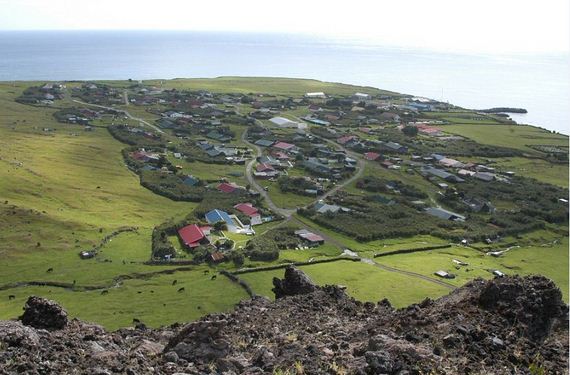
Edinburgh was named after the visit of the first Duke of Edinburgh in the 1800s, but is referred to as The Settlement by its less than 300 locals
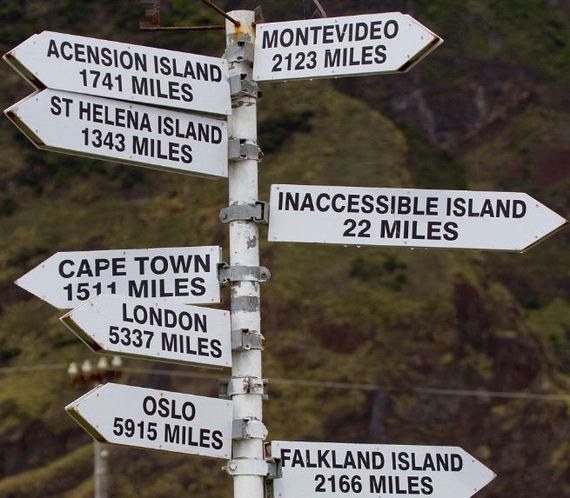
A sign shows the remarkable lengths one must go to get to Tristan, including 5,337 miles to London
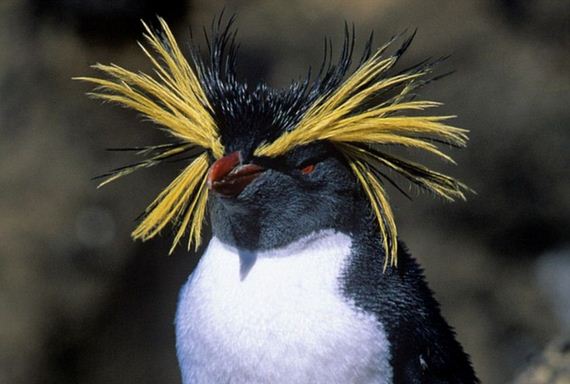
The local rockhopper penguins are hugely popular with visitors and live on all four of Tristan’s islands

Cruise operator Oceanwide Expeditions have four cruises that take in three-day stops at the Tristan da Cunha archipelago
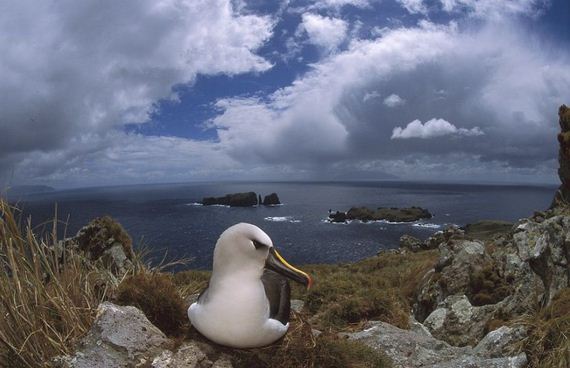
A yellow-nosed albatross is one of several large seabird species that uses Tristan’s Inaccessible Island as a breeding ground

Two juvenile yellow-nosed albatross frolic on the island that is rich in wildlife but an effort to reach
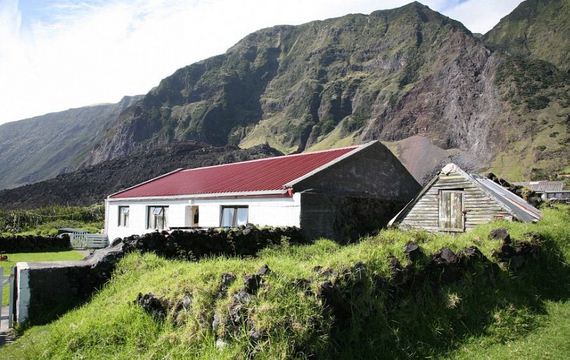
Some typical housing in Edinburgh, where all 297 locals of the Tristan da Cunha archipelago live
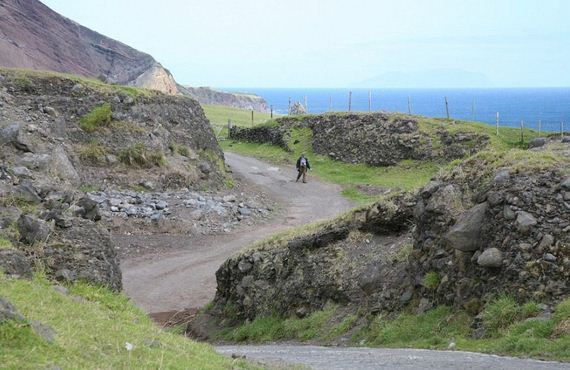
Hiking paths and rough roads are plentiful around the small and remote volcanic island
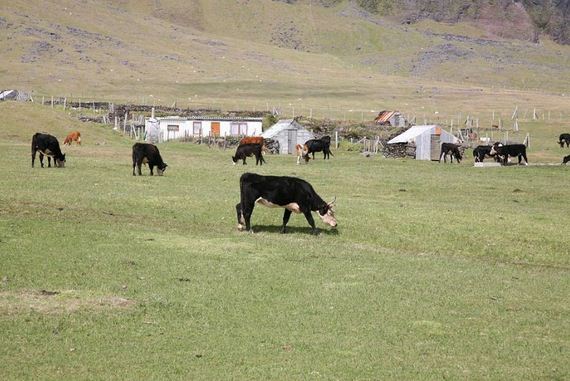
All of the local families are farmers of some kind, with cattle among the livestock, though fishing is also a massive part of their economy
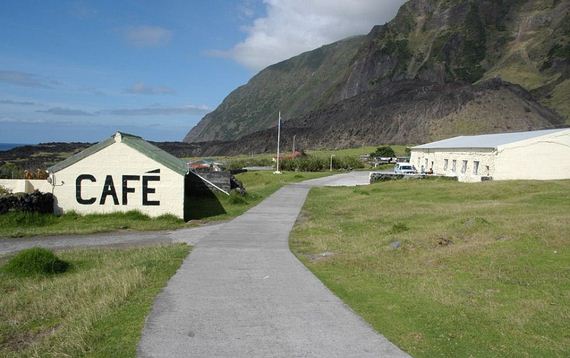
Local social haunts include the cafe and the Albatross Bar, which by virtue of being on Tristan is one of the world’s most isolated pubs
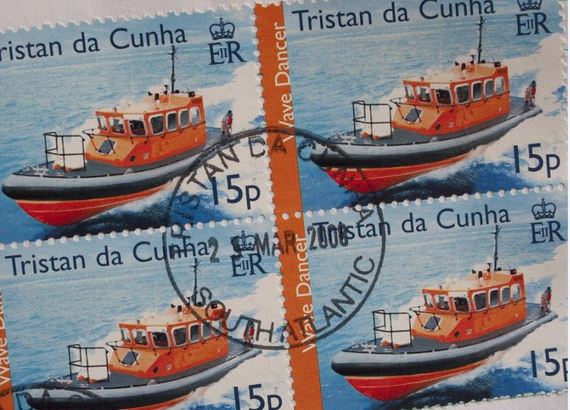
Stamp collectors pay significant amounts for the rare Tristan da Cunha stamps, another major source of revenue for the town
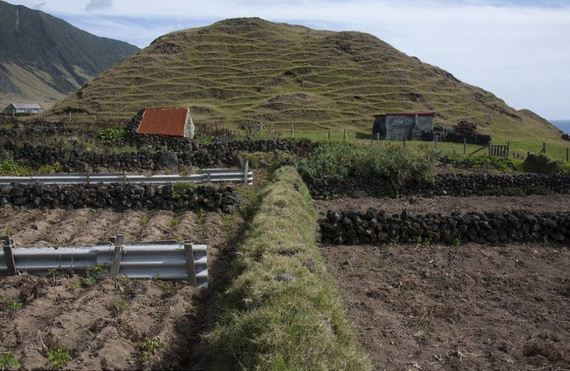
Local residents all have a plot on the Patches Plain where they primarily grow potatoes, a staple of the Tristan diet
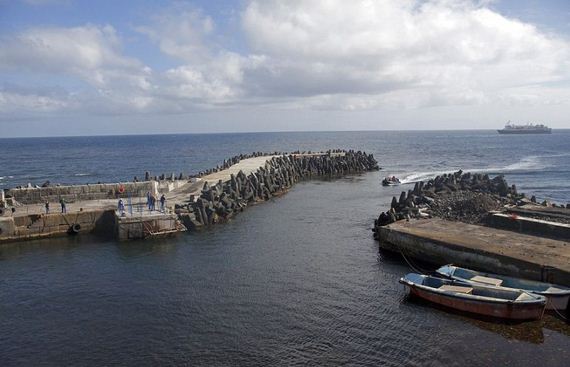
Supplies have to be brought into Tristan’s small harbour, while tourists from cruise ships must be brought to shore by zodiac
 Barnorama All Fun In The Barn
Barnorama All Fun In The Barn